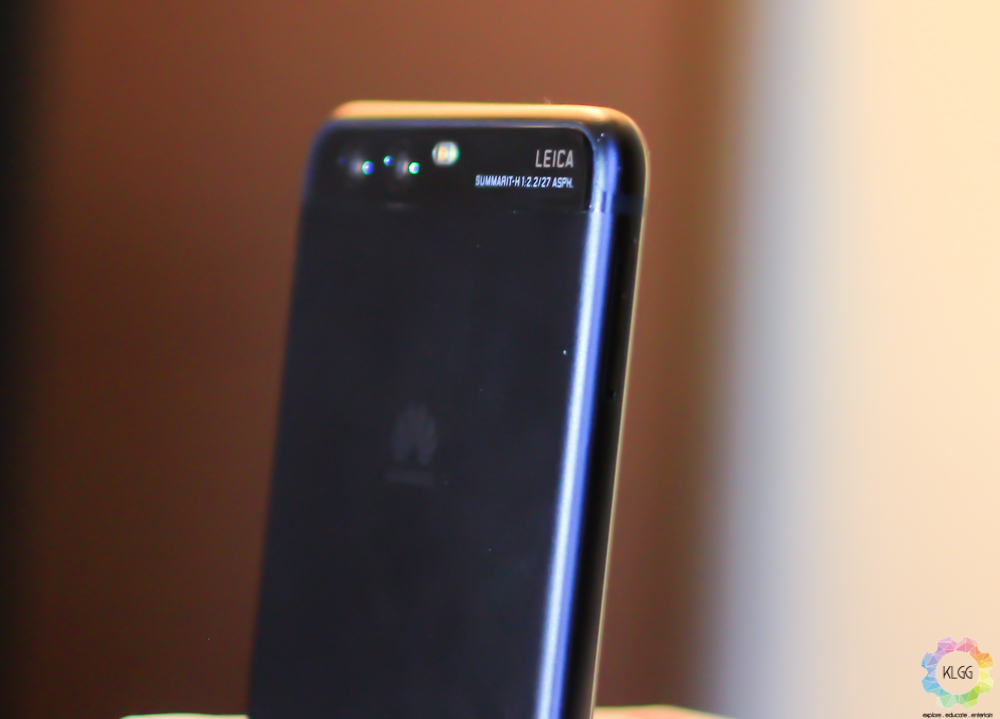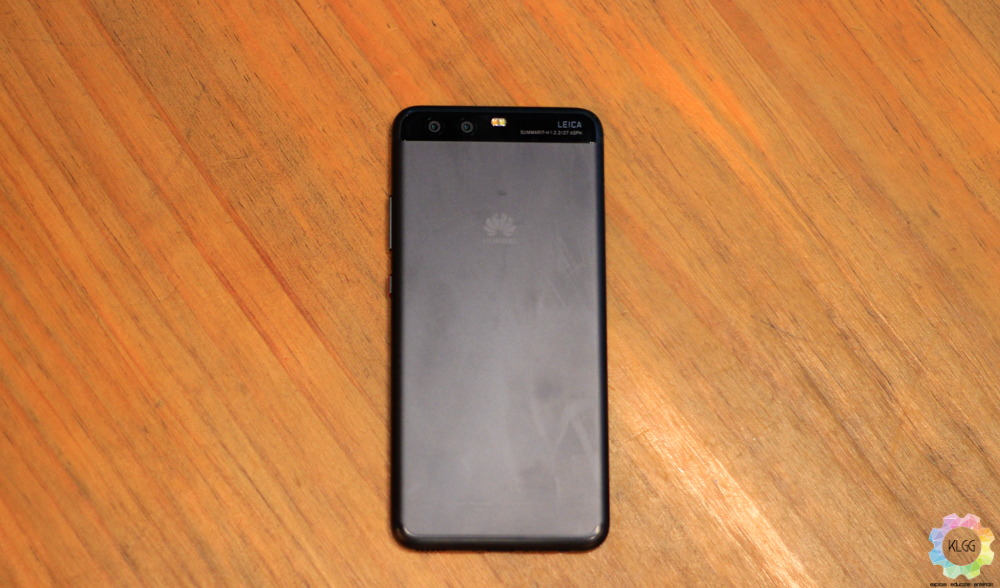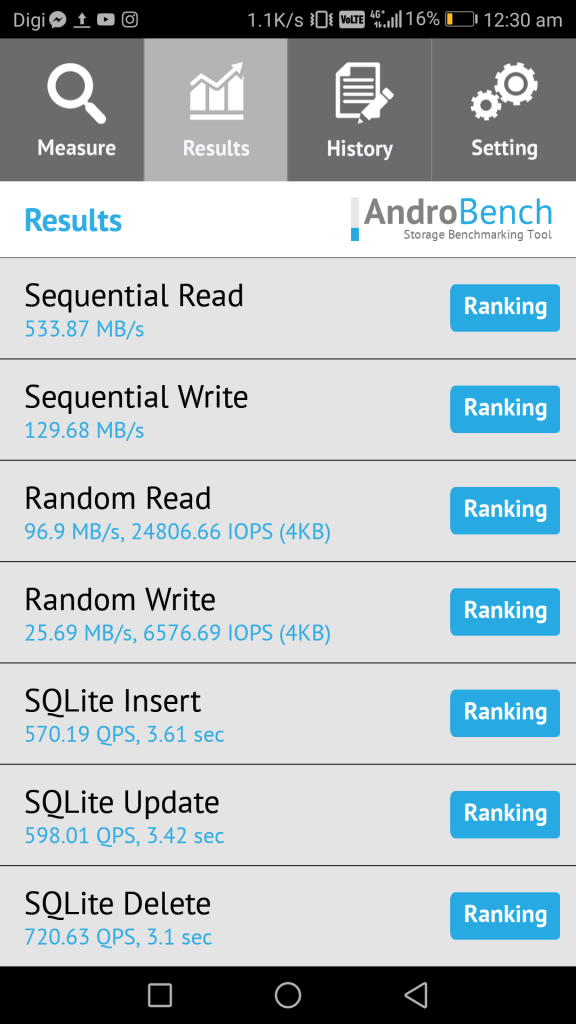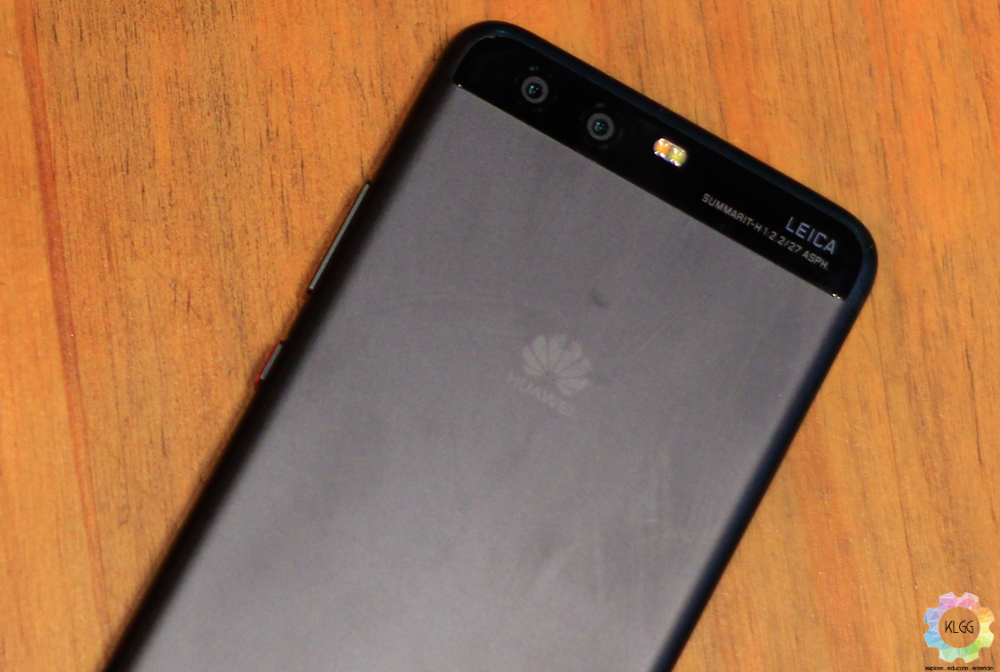Most of you should know what Huawei is capable of right now. The Chinese smartphone manufacturer experienced its first big break when it launched the Huawei Mate 8 and Huawei P9, both really impressive devices in their respective strides. Not only did these flagships reduced Western stereotypes towards Chinese smartphones. But they also paved the way for Huawei to further penetrate the Western Market.
The Huawei P10 seems like a rather modest follow-up to the P9, with a some extra bells and whistles added to it. This is in fact the first ever proper Huawei phone I’ve used, discounting my experience with the Honor 5X a year ago. The Huawei P10 has been my daily driver for two weeks now, and here’s what I have to say about Huawei’s Leica warrior.
Design and Display

It is rather hard to deny that the Huawei P10 isn’t inspired by Apple’s iPhone 7. While that might sound unfortunate, it certainly isn’t surprising at all in a world where smartphone makers often copy each other in design choices. Regardless, the Huawei P10 is a well crafted handset. It sports a metal unibody build, with more rounded edges this time as compared to its predecessor. The new design gives the P10 a more gentle touch when being held in the hand, as the P9 has more chamfered edges than rounded ones.

The review unit in hand is the Graphite Black color model, which is nothing less than a beautiful sight. Unfortunately, the P10’s body is still prone to fingerprint smudges and scratches. The review unit has already gotten some minor scratches and scuffs before I received it, proving that it isn’t as solid as it looks.
Port and button placements are standard and ideal on the P10. The headphone jack is placed at the bottom (yes there’s a headphone jack), followed by the USB Type-C port and the single speaker grille on the other side. Speaking of which, the speaker quality is above average. But with no front facing speaker(s) as seen on the Mate 9, it is advisable to opt for the provided Earpod-esque headphones for media consumption.

On the back is the Huawei logo and the glass piece above it housing the dual camera setup with dual-tone flash in typical Huawei fashion. One thing missing on the back panel that was on the P9 is the fingerprint sensor, which has now been moved to the front below the display. Speaking of the fingerprint sensor, although speedy at best, isn’t the most accurate. There were some instances where I had to revisit the fingerprint settings to “re-recognize” my fingerprint because it failed to recognize it. Another caveat is that the fingerprint sensor does not double as a home button, which brings us to the lack of capacitive buttons. The P10 has on screen buttons. Alternatively, fingerprint sensor gestures can act as “recent apps” and “back” actions. Capacitive buttons flanking the fingerprint sensor would be a wise decision, instead of having wasted space.
Due to its small form factor, the P10 will definitely fit most hands. You’ll find a 5.1-inch IPS NEO LCD display on the front. The display features a good amount of saturation and dynamic range, very impressive when you consider that fact that it’s an LCD panel. The brightness of the screen boasts a huge range as well, dim enough to view under low lighting conditions and still managing itself without a problem under direct sunlight. I however experienced some automatic dimming and brightening of the display while operating the device, with the automatic brightness option turned off. I’m unsure as to whether this is a hardware or software issue, but it is something worth noting. The display of the P10 has Gorilla Glass 5 protection, but if you don’t happen to be the most heedful user, I would suggest a screen protector or a tempered glass screen protector of some sort, as I have gotten a number of visible scratches on the screen of this particular P10.
Internal specs, software, performance and battery
The Huawei P10 runs on Huawei’s home bred HiSilicon Kirin 960 octa core processor clocked at 2.4 GHz with a Mali-G71 MP8 GPU. The phone is equipped with 4GB of RAM and 64GB of internal storage. Storage can be further expanded via the micro SD slot if you need more space.

A string of controversies recently surrounded the storage of the P10, which is claimed to be of UFS 2.1. Unfortunately, our review unit of the P10 only meets UFS 2.0 speed standards after a series of tests. Some websites report that the larger P10 Plus actually uses UFS 2.1, but we can confirm that the P10 we have only runs UFS 2.0 technology
As far as daily performance goes, the Huawei P10 is a champ. It is on par with smartphones running Snapdragon 820/821 processors. The phone breezes through daily tasks without stumbles on the Kirin 960 chip. The only aspect which slightly slows down the performance of the P10 is it’s software. The handset operates Huawei’s own EMUI 5.1 on top of Android Nougat 7.0. The UI is feature filled with some extra bells and whistles to it, useful at most times. Features such as knocking the screen twice to perform a screenshot and screen recording capabilities are definitely handy. Other useful quirks include App Twin, which allows users to have two accounts on the same app at the same time.
Generally, the software isn’t lightweight by any means. Considering that Huawei pitted the Kirin 960 processor against top of the line Qualcomm and Exynos chips, it’s highly likely that the software is the culprit for the occasional slowdowns.
One thing to note is that the phone heats up unusually when using a navigation app such as Waze and Maps. It’s rather hard to tell whether or not it’s a hardware or software issue, but I hope to see it fixed if it’s on the software side.
As far as battery life goes, the Huawei P10 is only average at best. Of course, I don’t expect this phone’s battery life to be as excellent as the Huawei Mate 9, which has a huge 4,000mAh battery. But with a 5.1-inch 1080p display, a 3,200mAh battery sounds like more than enough the P10. Unfortunately, you’ll find yourself having to charge it at the end of the day even after a day’s worth of non-heavy usage. For most of the days during testing, I needed to charge up my P10 after a 12 hour period out from home. Compared to most Huawei smartphones, the battery life of the P10 is only sub par and Huawei could do much better with its dual camera flagship.
Camera

Huawei carried on the Leica branded dual rear camera setup from the P9 and the Mate 9 to the P10. This time round, the setup consists of a 20MP monochrome sensor and a 12MP RGB sensor. With this configuration, the P10’s camera package is capable of up to 2X optical zoom, and is also said to have better performance under low lighting conditions.
[fshow url=https://flic.kr/s/aHskVqJo2G]
Standard photos under optimal lighting turned out excellent like most flagships out there. The Huawei P10 breezed through these scenarios like a champ, producing sharp images with great exposure and dynamic range, though the latter can be inconsistent once or twice out of ten shots. One of the most useful features is the ability to tweak apertures, especially if you’re going for the full-on bokeh mode. In aperture mode, the P10 makes full use of both sensors, allowing users to select the focus area and adjust the aperture according to their liking. The focus point and the aperture can be repositioned and readjusted respectively even after taking a photo. This definitely comes in handy, giving users full liberty of producing one image in apertures as wide as F/0.95, along with different focal points. This feature comes in helpful too if you happen to take photos which aren’t properly focused, as long as the software can save them.
The aperture mode however, isn’t perfect by any means. You’ll find instances whereby a subject’s edges are blurred out together with the rest of the background. Moreover, you’ll notice some distortion and over processing in the images. Nevertheless, having the bokeh effect is still unique in its own stride.
The P10 also boasts its camera’s 3D portrait enhancement capabilities. It is claimed to be more accurate when it comes to facial detection. The camera will produce a 3D profile from the measuring of up to 190 locations on a subject’s face. This is certainly a plus point for portrait photography enthusiasts, as the technology punctuates facial features and skin textures as part of the enhancement. Some shots may look over processed but that will depend on personal preference.
As far as Huawei’s claims of the P10 go, it doesn’t seem to live up in low lighting conditions for the most part. The image quality of low light images produced by the P10 fall short of the flagship standard. Photos can turn out to be grainy and full of noise at some point. The camera software also requires you to steady your shot for a second once it detects poor lighting, which will make images blurry especially when moving subjects are involved. Honestly, the P10 needs to be much better in the low light game.
Having said that, the Huawei P10 features a couple of nifty camera modes, plus a few extras which can be downloaded. Personally I find monochrome mode fun to play with at times. The high contrast Good Food mode can also produce attractive shots at the right times.
The Leica branding has extended to the P10’s 8MP selfie shooter as well. Photos produced are decently sharp as expected, on par with today’s standards as quality selfie images are pretty much a must have in this day and age. The front facing camera excels under low light too, with the assistance of the camera software. There’s a ton of post processing involved but the photos definitely turned out to be above my personal expectations.


